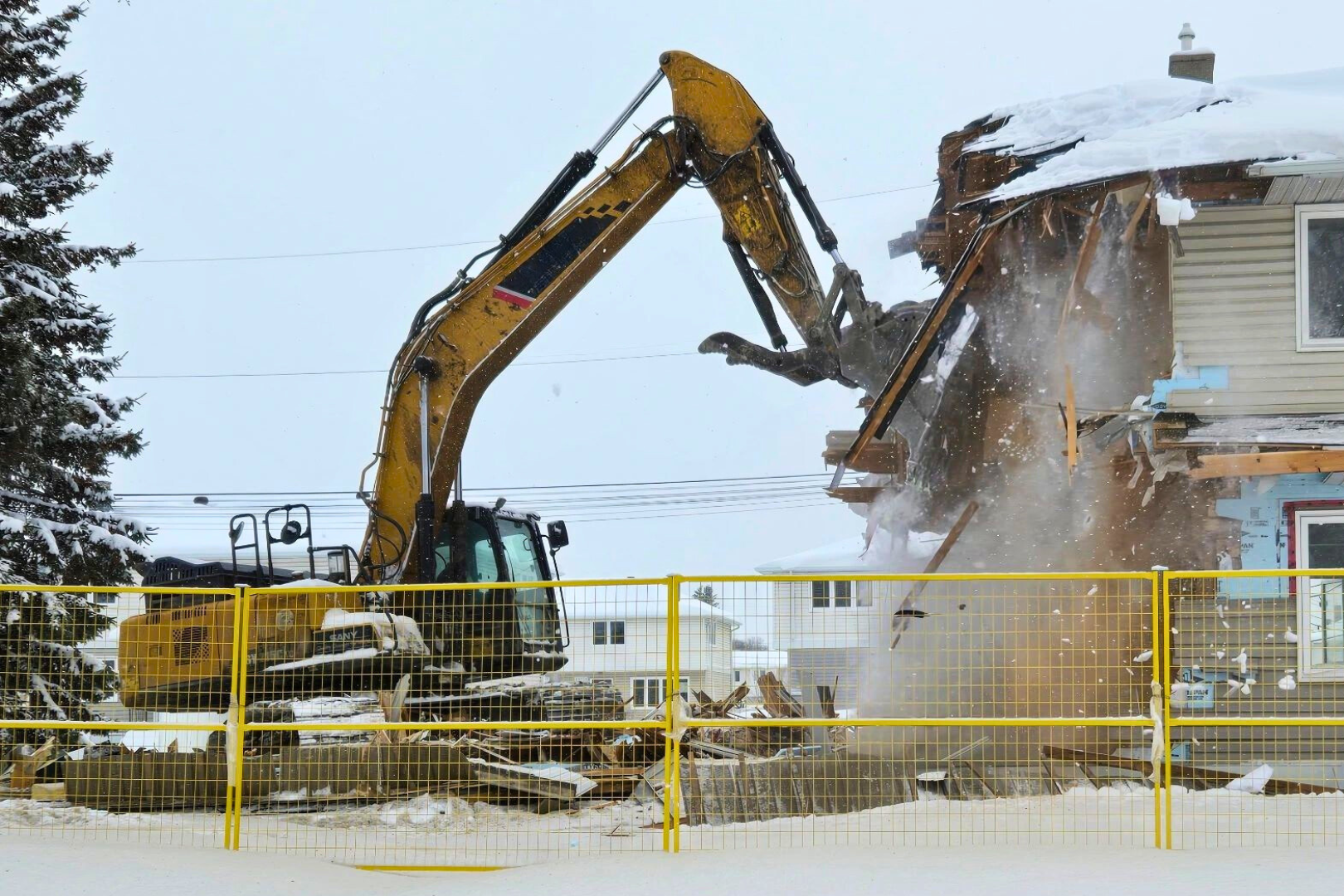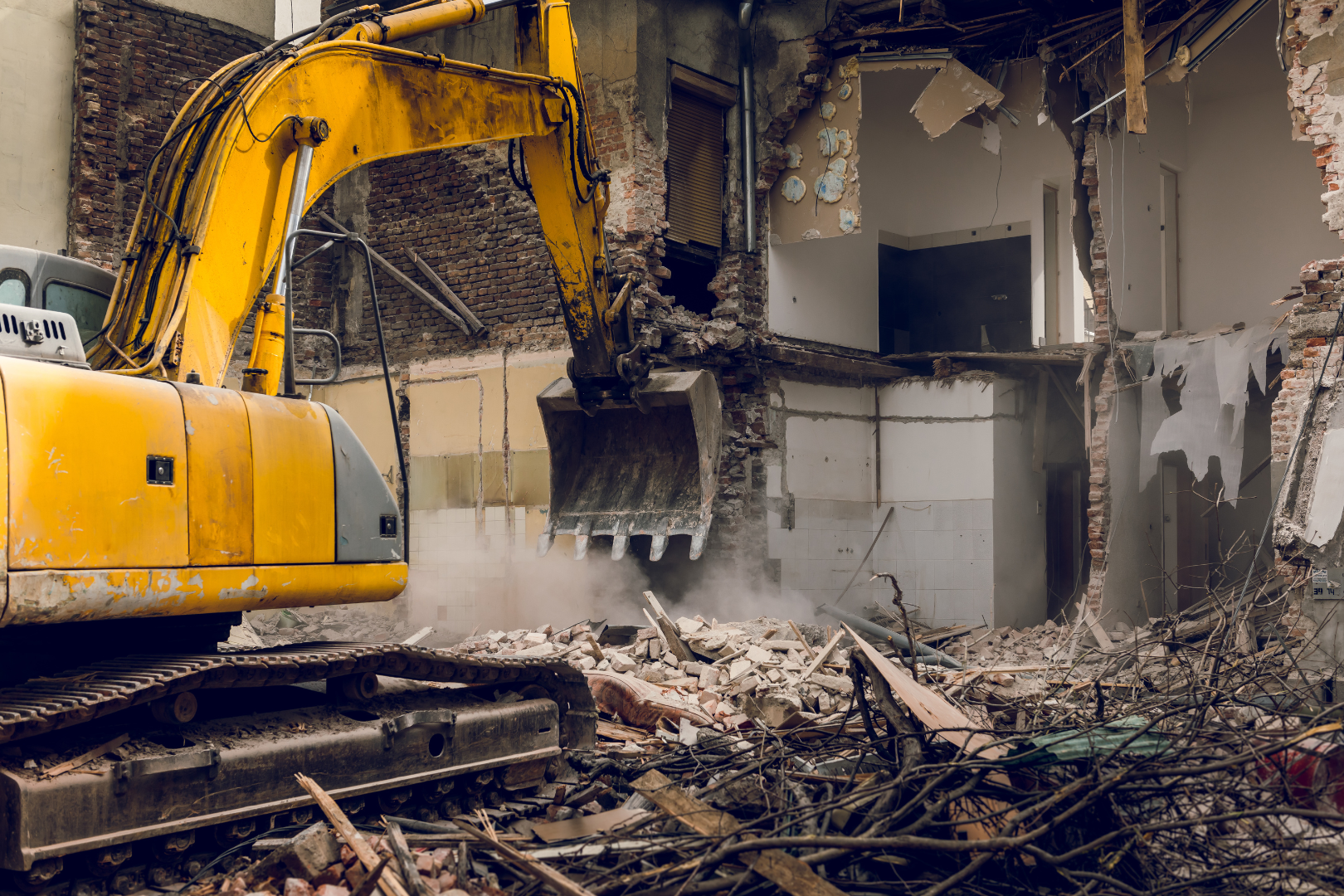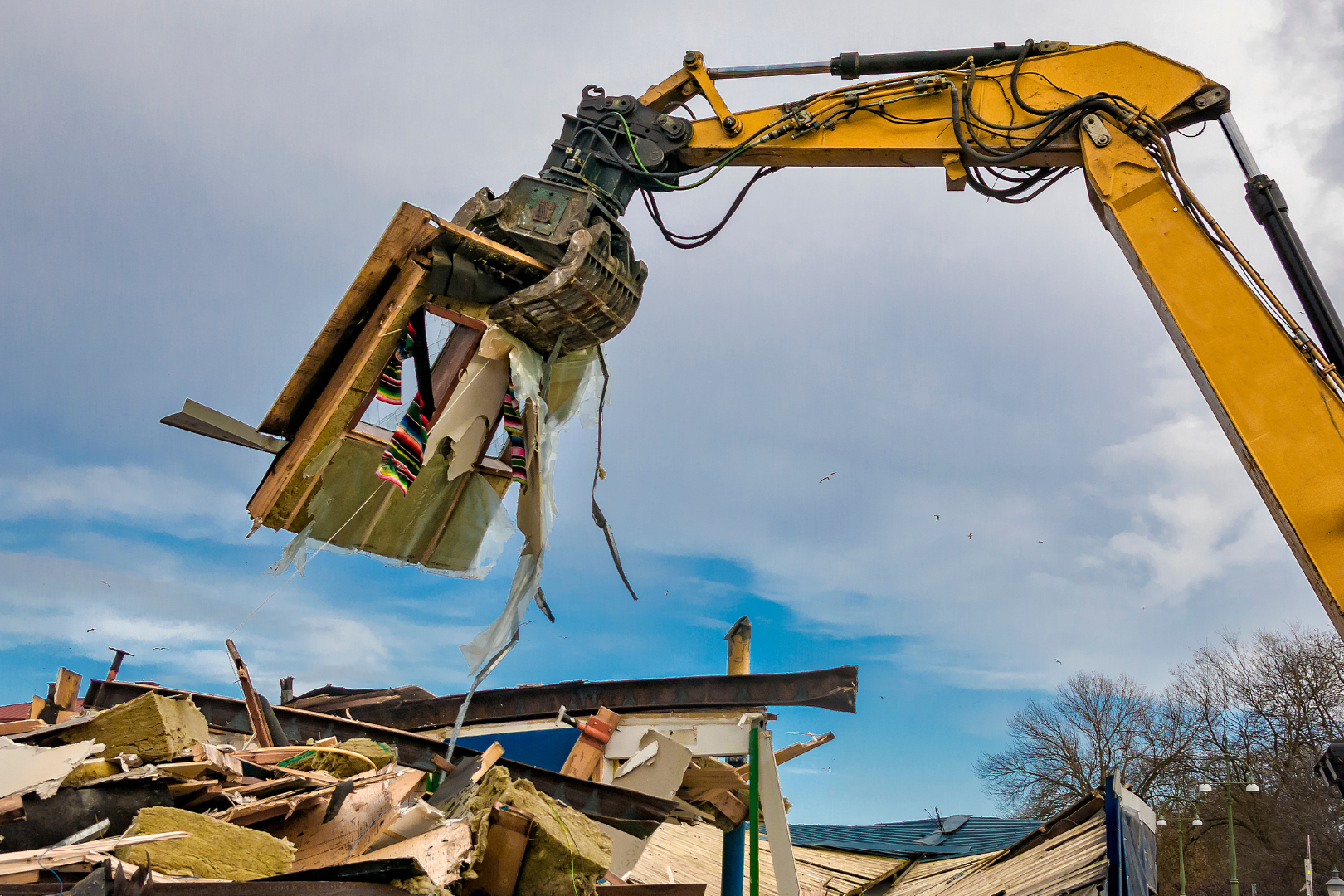Demolition Insights: Common Myths About Demolition and Deconstruction Projects

Often we see demolition and deconstruction through a very simplistic lens,and common misconceptions are a web that can impact both project planning and execution. The reality, however, is that these processes include intricate planning, hundreds of safety precautions, and a commitment to sustainability that plays a critical role well beyond the mere demolition of structures.
As professionals working in demolition, we have to dispel these myths once and for all property owners, demolition contractors, and industry leaders. The distinctions between demolition and deconstruction, the myths and realities of being dangerous and expensive, and waste management remain vital information for anyone engaged with building activities, construction, and renovation.
Understanding Demolition vs. Deconstruction
Although the terms “demolition” and “deconstruction” are sometimes used synonymously in the construction business, they refer to different processes with different effects and goals. Anyone working on building demolition projects or managing demolition sites needs to be aware of the distinctions.
Demolition is the rapid removal of structures by demolition contractors, who use specialized demolition techniques like robotic demolition or heavy equipment. Because of its effectiveness, cheaper labor expenses, and lower transportation costs, this technology is frequently used for demolition in residential or commercial settings.
Conversely, deconstruction is a methodical and deliberate disassembly process that emphasizes material recovery and building material reuse. Deconstruction promotes circularity in construction and sustainable building projects by meticulously deconstructing components. This procedure is essential for protecting natural resources, cutting down on dangerous materials, and minimizing the energy usage associated with raw material use.

Common Myths About Demolition
Myth 1: Demolition is Just About Tearing Things Down
Demolition is often thought of as the speedy destruction of buildings, but this misconception fails to recognize the careful planning and accuracy involved. To do so safely and efficiently, demolition contractors rely on specialized demolition techniques, including robotic demolition. In addition, the process frequently involves site-specific evaluations and planning to mitigate the effects on the environment and the risk of hazards. So, house demolition and commercial demolition are not simply about destroying structures but involve specialized procedures that must be carried out strategically and in accordance with industry standards.
Myth 2: Demolition is Dangerous and Uncontrolled
While there is a common perception that demolition goes on chaotically and like a scene out of a horror movie, but demolition as an activity is very much controlled and insurance is strictly regulated. Strict safety protocols are in effect to ensure the safety of workers and the surrounding environment. Risk assessments, safety planning, and protective gear are part of skilled labor and demolition services. These initiatives are in line with the industry’s dedication to ensuring high safety standards, mitigating risks associated with hazardous materials, and encouraging responsible demolition practices.
Myth 3: DIY Demolition is Cheaper and Just as Effective
While DIY demolition may sound like a cheaper option, this myth fails to acknowledge the complications and dangers of demolition projects. Commercial demolitions require some serious know-how, heavy equipment, and expertise that commercial demolition contractors have. Without specialist oversight, DIY demolition can result in hidden costs, inflated labor bills, and safety hazards. So, when you invest in professional demolition services, you will be assured of a much more efficient, and much more secure, and a much easier process.
Myth 4: All Demolition Debris Ends Up in Landfills
A common misconception is that everything from a demolition site is simply carted away to a landfill. However, modern demolition practices have evolved significantly to prioritize sustainability and waste reduction. Through advanced sorting and recycling processes, a substantial portion of demolition debris is salvaged and repurposed. Materials like concrete, steel, wood, and metal are routinely separated and sent to recycling facilities instead of landfill sites.

Common Myths About Deconstruction
Myth 1: Deconstruction Takes Too Long
There are lots of myths about deconstruction, but one of the most common is that deconstructing is necessarily slow. It’s true that deconstruction does take a bit longer than traditional building demolition because building materials are removed carefully, but this method is orderly and deliberate. At face value, preserving them saves high-value materials from being needlessly wasted and allows for reuse and recycling for later stages of construction, thereby reducing costs.
Myth 2: Deconstruction is Only for Large-Scale Projects
Deconstruction is not just for commercial demolition or massive landfill trash initiatives, unlike what many people think. This strategy offers a good substitute for conventional demolition techniques and can be used successfully for smaller capital projects and residential demolition. A deconstruction method might be advantageous for buildings of all sizes that are currently under development. For homeowners and property owners looking to save transportation expenses and environmental impacts while optimizing the recycling potential of demolition materials, turning waste into reusable assets.
Myth 3: Deconstruction is Just ‘Fancy’ Demolition
Deconstruction, to some, is just a fancier form of demolition. But the two are vastly different in a few ways. While both concern taking apart structures, deconstruction is taking a building apart systematically to maximize the reuse and recycling of building materials in a healthy condition. This systematic review of the demolition process guarantees the recovery of the valuable raw materials that are not lost but re-entered into circularity in construction.
Myth 4: Deconstruction is Only for Eco-Friendly or Green Building Projects
Any project that values sustainable practices or effective waste management can benefit from deconstruction services. Specialized demolition techniques, such as robotic demolition, enable precise and efficient removal of materials, enhancing the potential for recycling and reuse. This approach aligns with the goals of any project aiming for cost efficiency and reduced environmental impact, making it applicable across various construction phases.
To sum up, by being aware of the reality of deconstruction, property owners, demolition contractors, and industry leaders in any parts of the world may plan projects with greater consideration and sustainability.
If you’re planning a demolition or deconstruction project and want expert guidance, Downright Demolition is here to help. Our team ensures safe, efficient, and environmentally responsible demolition solutions tailored to your needs. Contact Downright Demolition today to discuss your project and explore the best approach for your site.

